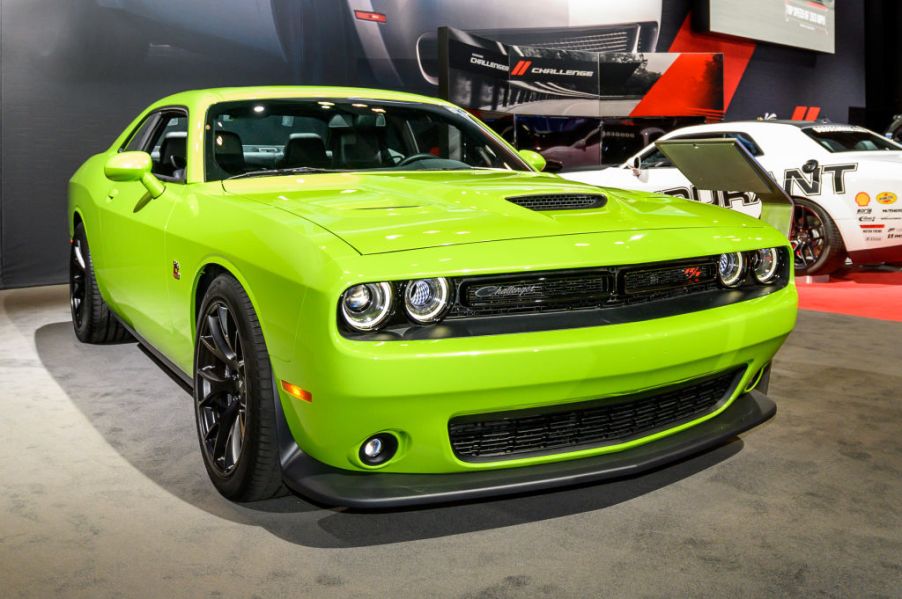
Why the Dodge Challenger Attracts the Youngest Muscle Car Buyers
What would you think the average age of a muscle car buyer is? 40? 60? 75? He or she would need to have the bread to purchase it in the first place, right? Or at least be able to get a loan—which these days is anyone with a pulse. So maybe money isn’t a factor?
Maybe they’re looking for a fun “weekend” car to cruise around in. Or something that makes them feel young, or at least younger. Maybe bad credit or they just couldn’t afford a new one back in the 1960s so they’re not passing up the chance this time?
From Muscle Cars and Trucks Challenger brand manager Kevin Hellman says of the three muscle cars built today: Mustang, Camaro and Challenger, the Challenger snags the youngest buyers in this segment. The average age of these Challenger buyers is 51 years old.
The average new car buyers’ age is 53 according to the Hedges Company, which tracks those types of things. So the Challenger actually attracts slightly younger car buyers than the average.
It’s hard to pinpoint why the Challenger skews to the youngest on average. Don’t get it wrong, we love the Challenger, but it’s pretty old-tech as cars go. It’s been around since 2008, and while Dodge has done a good job of improving it over the years (decade?) both the Camaro and Mustang have the benefit of more recent development. It would seem that the younger you are the more tech and newness would attract younger buyers.
If they’re younger they probably have a young family with a child or two and the Challenger has a real back seat, unlike the Mustang or Camaro. After all, it is probably their only car so it needs to do more than a weekend car.
The price for a Challenger is lower. FCA has been able to amortize that tooling and development over a lot of years, so at this point, there’s a lot of profit built into them. Do you think FCA engineers ever thought this version of the Challenger would be selling new for more than 12 years and counting? So if you’re short on funds or credit, as many younger buyers can be, paying less can sometimes help make the decision for you.
Challengers are based on the LX platform which is also the basis for Chargers and Chrysler 300s. They tend to float a bit more than the aggressively suspended Mustang or Camaro—even in their most compliant offerings. So size-wise and ride-wise it’s probably the best choice for an overall, daily driver function.
You can’t get a Challenger with a turbocharged engine like those other two, but you can get all-wheel drive, which neither the Mustang or Camaro offers.
One thing undisputable is that this generation of Challenger has way outsold the originals by plenty. Over the five year span of first-gens, a total of 165,437 were built—which included convertibles, something the present Challenger doesn’t offer. Through 2016 Challenger has sold over 440,000 cars. Of course, it has done this over a longer production run, but the numbers are impressive.
Whatever is behind this revelation, the good thing is that with the rise of the truck and SUV Challengers, Mustangs and Camaros are still slugging it out for the hearts and minds of muscle car buyers everywhere.



